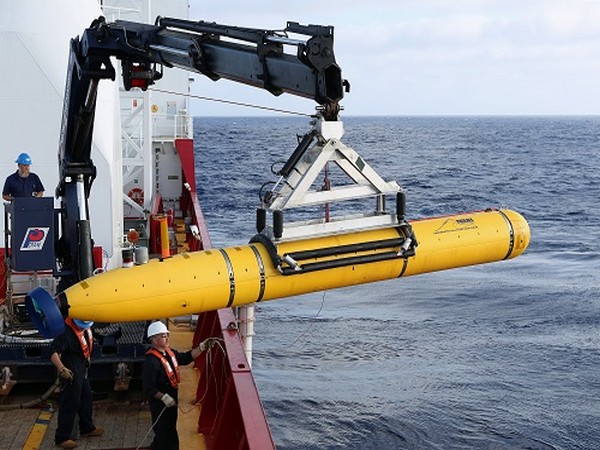Underwater Drones To Be Stationed By China In The Indian Ocean.
Defence analyst HI Sutton declared that China has stationed a fleet of underwater drones in the Indian Ocean called Sea Wing (Haiyi) glider which can operate for months to make prime observations for naval intelligence.
HI Sutton in a writing to the Forbes magazine said that these sea gliders ‘en masse’ which are being deployed by the Chinese are a type of unscrewed Underwater Vehicle (UUV) launched in the mid-December of 2019 and after making 3400 observations it was recovered in February. Referring to the Chinese reports the HI Sutton said that these gliders are similar to the ones that are deployed by the US Navy one of which was seized in Beijing in 2016 to secure ‘safe navigations of passing ships.’ “Taken at face value China is now deploying these types of UUV en masse in the Indian Ocean. China has also deployed a SeaWing from an ice breaker from Arctic” wrote HI Sutton.
The defence expert report from last December suggests that 14 will be deployed in the Indian Ocean mission but only 12 were finally deployed. These gliders are empowered with large wings to glide there are operational for a very long time, adding that they are not fast or agile and are deployed for long range missions said HI Sutton. Adding to this the defence analyst furthermore said that there Chinese gliders placed at the Indian Ocean were gathering oceanography data with ‘sound innocuous’ which is mainly gathered for naval intelligence purposes reportedly.
General Bipin Rawat the chief of the defence staff had said earlier this month that the world is witnessing a race for strategic bases in the Indian Ocean Region (IOR) to gain momentum in the coming times noting the rising challenges in the Indo-Pacific region. While addressing at the Global Dialogue Security Summit General Rawat said “In the military field technology must be a means of deterrence not a source of destruction. Our approach to security hence needs to shift from unilateral to multi lateral which mandates increasing training engagements with partner nations in order to fortify the future.”
Based on the challenges that India faces General Rawat said “we required structured long term planning for capacity building and capability development of our defence forces.”





The Brief. Sign up to receive the top stories you need to know right now.